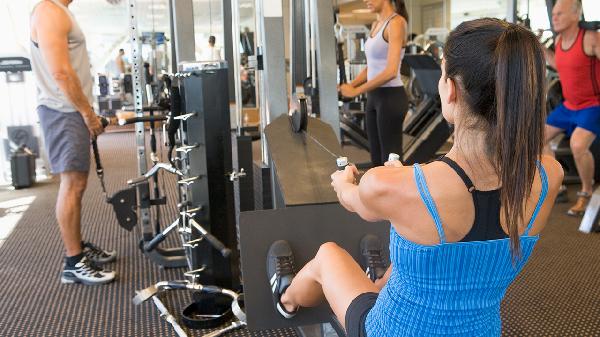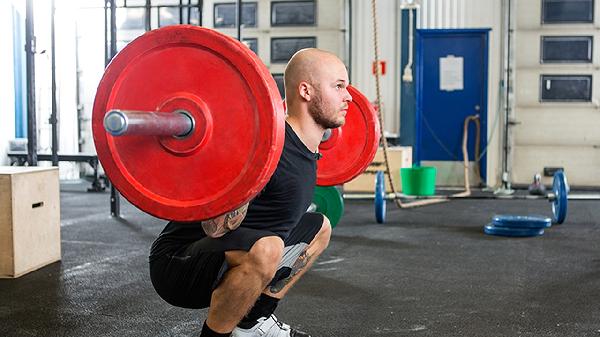Jumping into plyometrics isn't just about channeling your inner kid on a trampoline—it's a legit training style that can seriously upgrade your athleticism, coordination, and even bone strength. Whether you're looking to dunk like LeBron or just want to move through life with more explosive energy, plyometric exercises (or "plyos" for short) are your ticket to building power from the ground up.
Why Plyometrics Pack a Punch
Plyometrics aren't just about hopping around—they're rooted in science. The whole concept revolves around the stretch-shortening cycle, where your muscles rapidly lengthen and then contract to produce max force. Think of it like a rubber band: the more you stretch it back, the farther it snaps forward. That's essentially what your muscles do during plyo moves, whether you're bounding over hurdles or exploding out of a squat jump. This type of training doesn't just make you more athletic; it also fires up your fast-twitch muscle fibers—the ones responsible for quick, powerful movements. As we age, these fibers tend to slack off, which is why plyos can be a game-changer for maintaining agility and preventing injuries. Plus, the high-intensity nature of these exercises means you'll torch calories and boost endurance without spending hours on a treadmill.
Plyo Modifications for Every Body
Not everyone can (or should) go full kangaroo mode right out the gate. If you're dealing with joint issues, recovering from an injury, or just easing into fitness, there are ways to dial down the impact while still reaping the benefits. For example, instead of full-on box jumps, try step-ups with an explosive push-off. Swap tuck jumps for high knees with an emphasis on speed. Even something as simple as speeding up your tempo during bodyweight squats can mimic the power-building effects of plyos without the harsh landing. The key is to prioritize control and form—because if you're sacrificing technique for height or speed, you're just asking for a tweaked ankle or worse.
The Plyo Moves That Deliver Results
Ready to put theory into action? Here are some of the most effective plyometric exercises, ranked by intensity so you can scale up (or down) as needed: Pro tip: Always warm up with dynamic stretches (leg swings, arm circles) and save static stretching for afterward. Plyos demand your muscles to be primed and ready, not cold and stiff.
How to Program Plyos Into Your Routine
Plyometrics aren't an everyday kind of workout—your nervous system and joints need time to recover between sessions. For beginners, aim for 1-2 plyo-focused days per week, keeping reps low (5-8 per set) and rest periods generous (30-60 seconds). More advanced? Try pairing plyos with strength exercises in a superset (e.g., heavy squats followed by squat jumps) to amplify power output. Or, structure them into a HIIT circuit with short, all-out bursts followed by active recovery. Just remember: quality over quantity. If your jumps start looking sluggish, it's time to call it—fatigue breeds sloppy form, and sloppy form breeds injuries.
At the end of the day, plyometrics are about controlled chaos—harnessing explosive energy in a way that makes you stronger, faster, and more resilient. Whether you're training for a sport or just want to feel more capable in everyday life, adding a few jumps to your routine can be a total game-changer. Just don't blame us when you start eyeing parkour videos on YouTube.
























